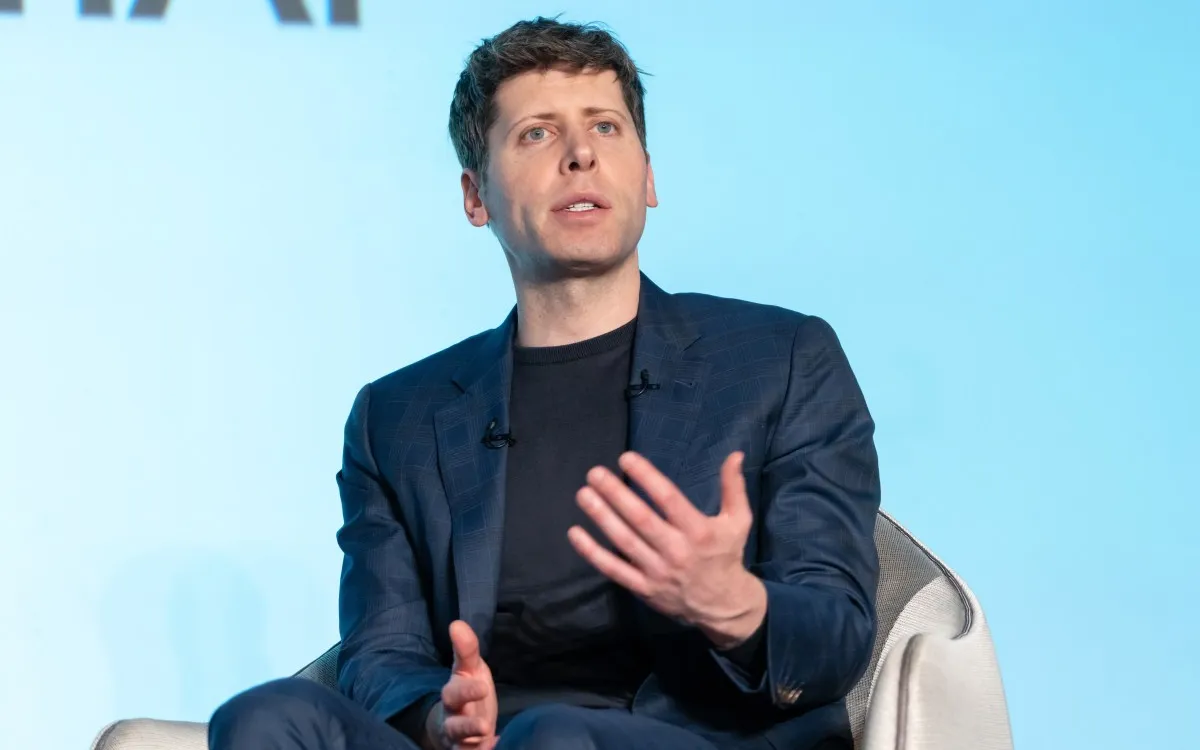
In 2025, OpenAI has consistently made headlines by securing multibillion-dollar data center deals nearly every month. This trend signifies the company's robust growth trajectory and its commitment to expanding its infrastructure. On Thursday, OpenAI's CEO, Sam Altman, took to X to provide clarity on the company's impressive revenue projections and future plans.
In his post, Altman revealed that OpenAI anticipates ending the year with an annualized revenue run rate exceeding $20 billion. Looking ahead, the company aims to scale its revenue to hundreds of billions by 2030. Altman highlighted that OpenAI is currently exploring commitments totaling approximately $1.4 trillion over the next eight years, showcasing the company's ambitious outlook.
Altman's announcement came in the wake of controversy surrounding comments made by OpenAI's CFO regarding government-backed loans. Although these remarks were quickly clarified, Altman used the opportunity to outline several innovative business plans that could drive substantial revenue for the company.
One of the exciting developments Altman mentioned is an upcoming enterprise offering. Earlier this week, OpenAI announced that it has already attracted a remarkable one million business customers, indicating strong market demand for its products and services. Additionally, Altman pointed to potential expansions into consumer devices and robotics as vital areas of growth.
In an intriguing move, OpenAI acquired Jony Ive’s io in May. Reports suggest that they are currently collaborating on a palm-sized AI device, which could revolutionize personal technology. Altman also highlighted the realm of scientific discovery as a promising avenue for future business, although specific details remain under wraps. However, OpenAI VP Kevin Weil has previously mentioned the launch of OpenAI for Science, hinting at exciting initiatives in this field.
Perhaps one of the boldest ideas Altman shared is OpenAI's potential shift towards becoming a cloud computing provider. He stated, “We are also looking at ways to more directly sell compute capacity to other companies (and people); we are pretty sure the world is going to need a lot of ‘AI cloud,’ and we are excited to offer this.” This ambitious proposal comes at a time when OpenAI does not yet possess its own network of data centers, marking a significant shift in strategy.
Beyond the impressive revenue projections, Altman noted that OpenAI might also explore traditional funding methods to support its growth. This could involve selling more equity or taking on additional loans, ensuring the company has the necessary resources to continue its expansion and innovation.
OpenAI's vision for the future is both ambitious and transformative. With substantial revenue expectations, innovative product offerings, and a potential pivot to cloud computing, the company is poised for remarkable growth in the coming years. As OpenAI continues to navigate these challenges and opportunities, its impact on the AI landscape will undoubtedly be profound.